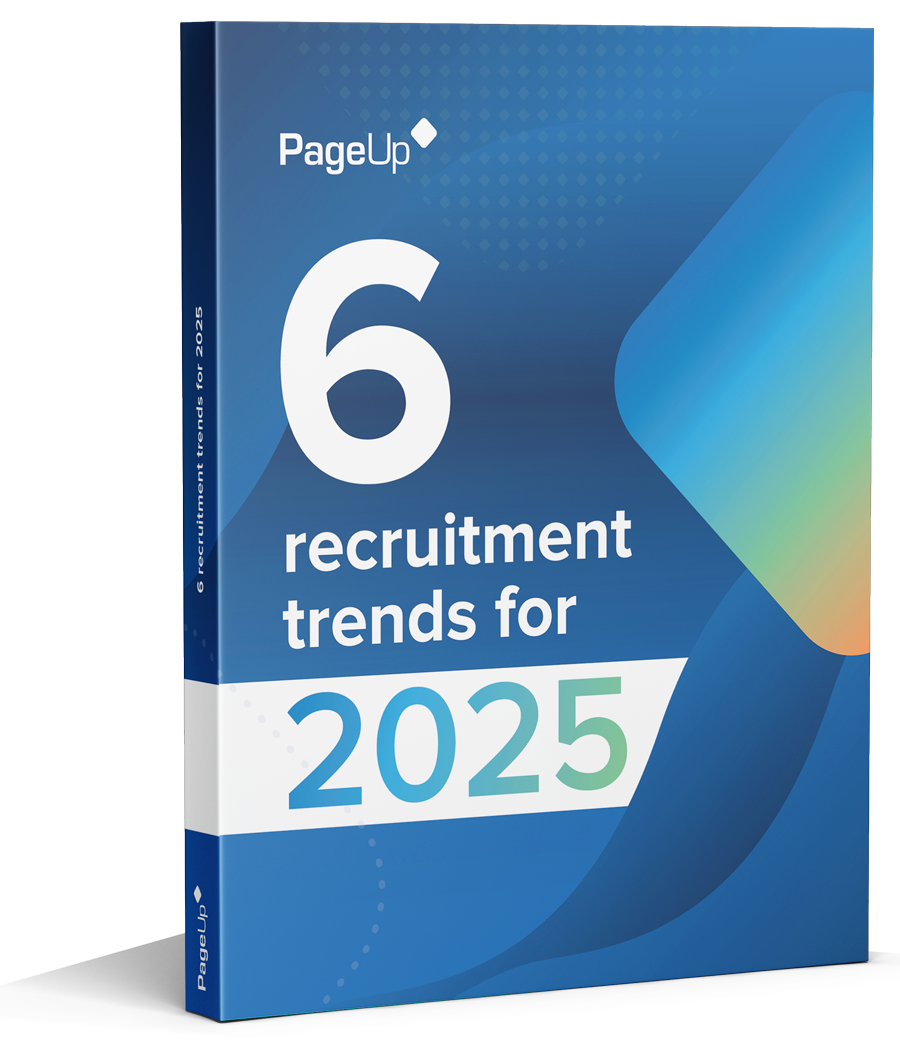People in over 190 countries love to use PageUp
As the hiring market shifts, with fewer advertisedadvertized jobs and growing applicant rates, hiring teams need to focus on increasing efficiencies across their processes and look to alternate hiring strategies to ensure they’re attracting the right candidates.
With rising application volumes, hiring teams have more on their plate. In 2025, talent acquisition will need to have the processes in place to attract, engage and identify the talent best suited for their organisationorganization and roles. To ensure applicants are suitable matches for both skills and culture, teams will need to look at their hiring channels, messaging and overall strategy in a new light.
Our latest report dives into 6 key trends affecting hiring teams, revealing how top teams are successfully navigating the shifting market, with those who aren’t at risk of getting left behind.
Download your free trends report to learn:
- The continued impact AI is having on hiring teams and candidate experience and how nearly 9 in 10 teams are using AI to save time or increase efficiency
- The importance of considering the demographic characteristics of your ideal candidate in all aspects of the hiring journey
- Why understanding the metrics and analytics behind your hiring strategy is imperative to stay ahead
- The hiring method teams are implementing to increase talent pipelines by 9.4x
- How your team can optimiseoptimize processes to find the best new hires in 2025
6 recruitment trends for 2025




























